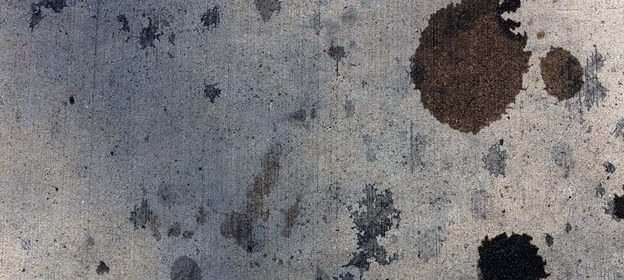Pick the Right Sized Trash Bag for the Job

There are a mind-boggling number of different garbage bags on shelves today. Between various brands, bag types, applications, material, and sizes, one could be forgiven for simply grabbing a box and running to the next aisle hoping for the best.
There are more than a dozen different sizes of trash receptacles in homes. The most common types have many brands competing for their trash bag business. Here’s a guide to the types of cans you have at home, and which size trash bag fit them the best.
First, you need to know that the bags are measured in gallons, which can cause confusion. It helps if you imagine liquid poured into the bag, outside of the container, filling it completely. In reality, the bags don’t hold that much, and often would not stand up to holding that amount of liquid.
4 gallon trash bag
These small boutique trash cans are the workhouse of the home. Found in nearly every room, some people opt to not put any bags in them at all. However, a small 4-gallon bag will do nicely. It will keep your can clean and leave plenty of room to tie the bag shut before putting it out to the curb in your larger trash bin.
8 gallon trash bag
Commonly referred to as the kitchen trash bag, the 8-10 gallon bag can be found in every home. Big enough to hold food and refuse from a couple of days of cooking, it is also small enough for anyone to carry out to the trash bin – even your youngest helpers. And it fits comfortably under most kitchen sinks.
12-15 gallon trash bag
This work room or garage trash bag is perfect for hearty use. It can hold a lot of trash from several projects, or one big one. Watch out, though. When full, this bag can be a load to carry!
20 gallon trash bags and larger
Designed for heavier outdoor or industrial use, bags are made to fit receptacles of nearly every size. These can hold bags within a bag, and are often used as liners rather than trash bags. That is, they are used to keep the bin clean while other smaller trash bags are placed inside then dumped into garbage trucks or dumpsters.
Remember: bagging your garbage is a good choice for keeping your trash bins clean. Check with your community guidelines about which kinds of garbage bags are acceptable at your waste site.
Photo by Juan Pablo Serrano Arenas









